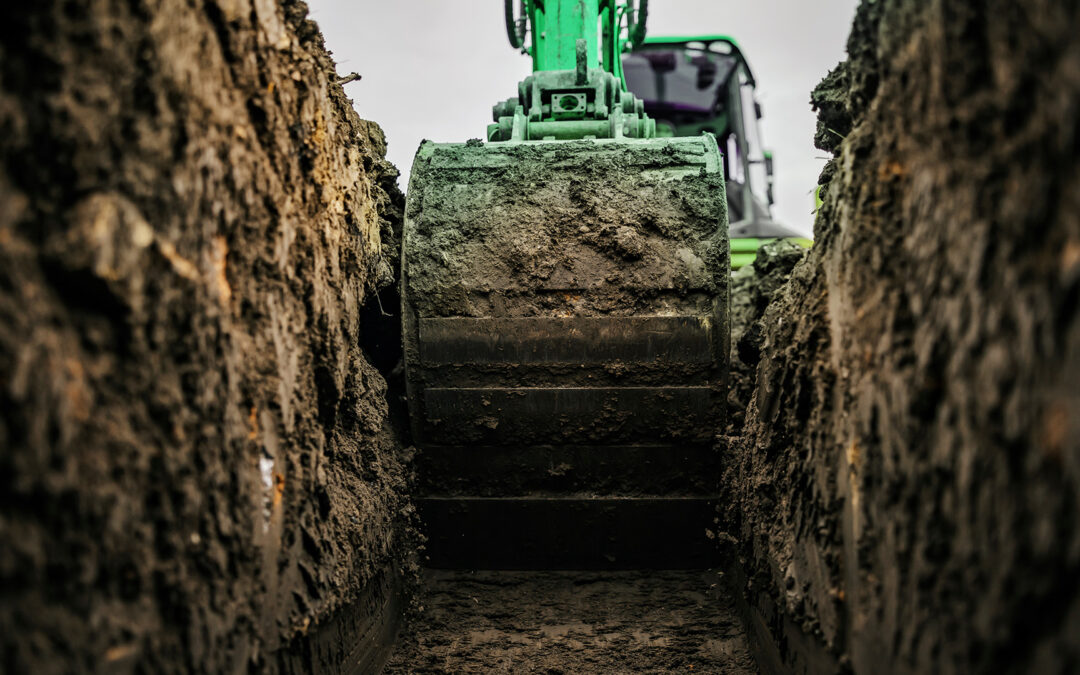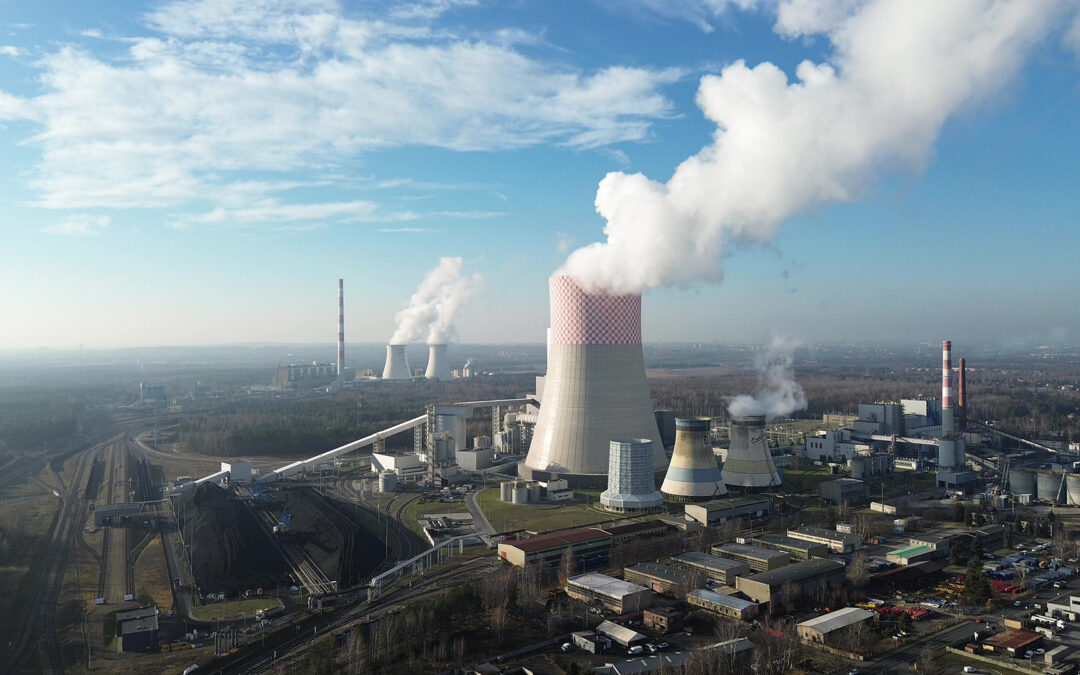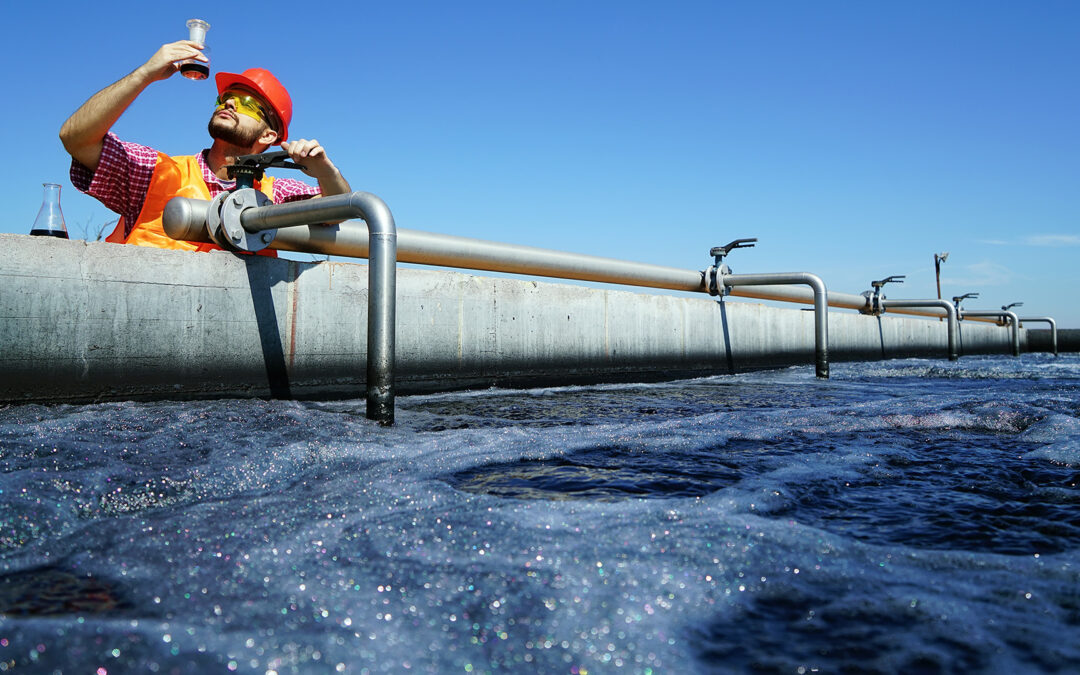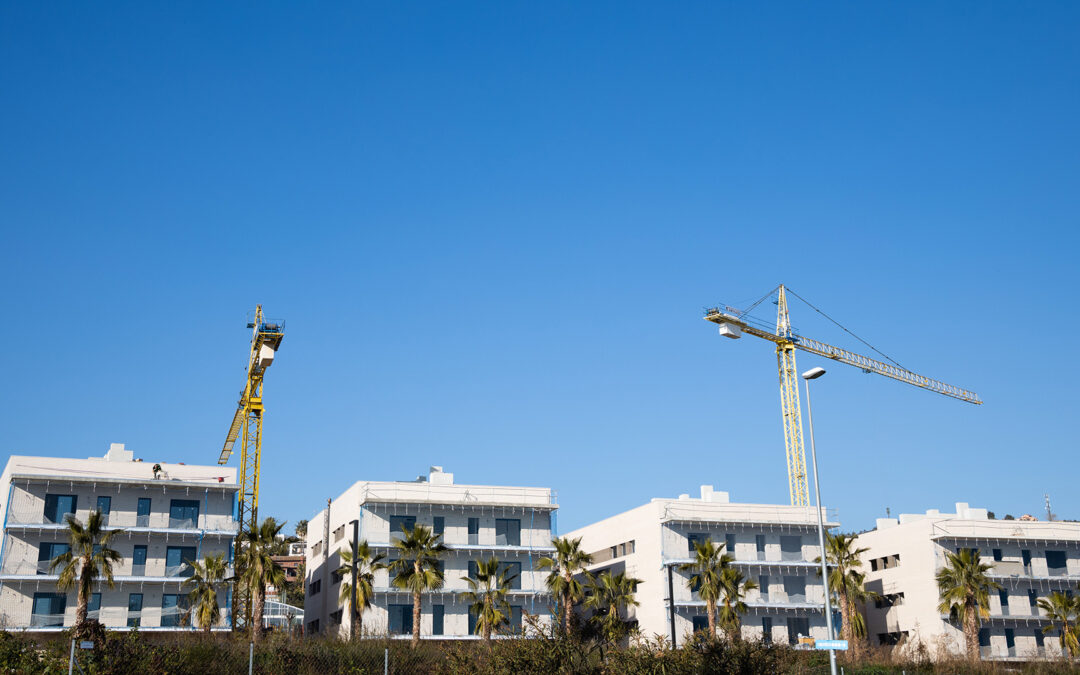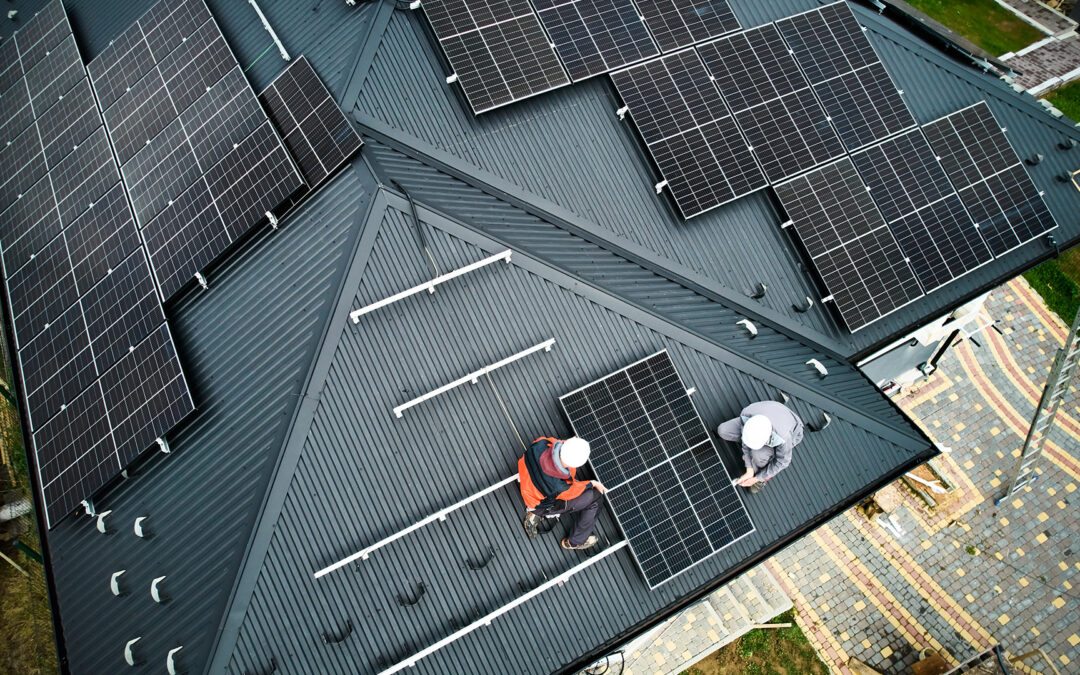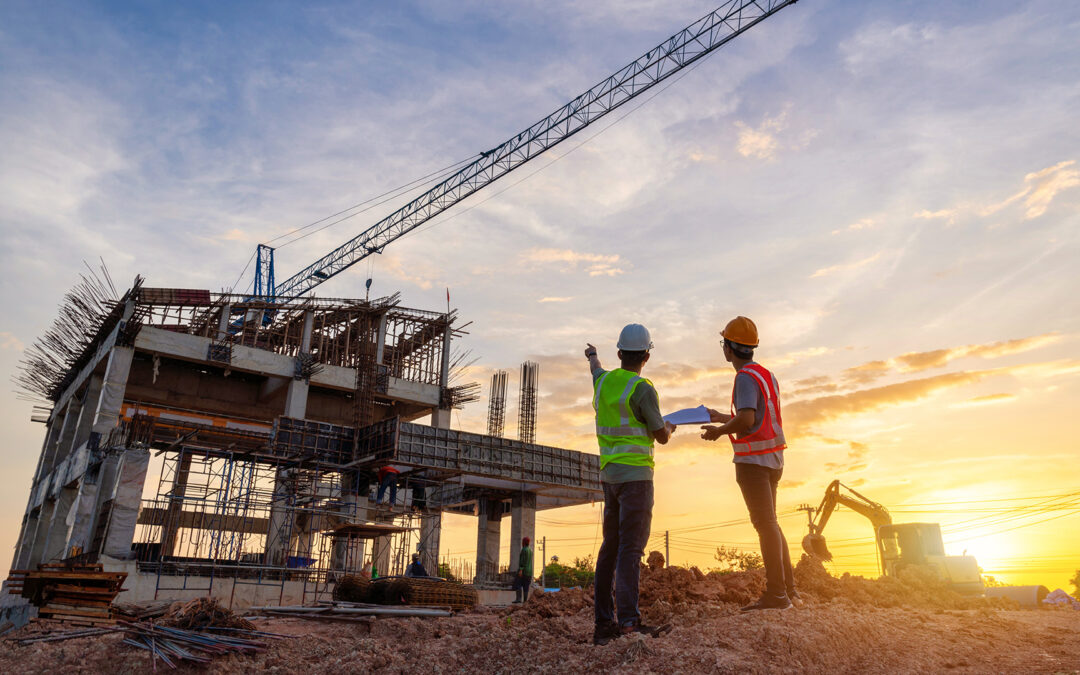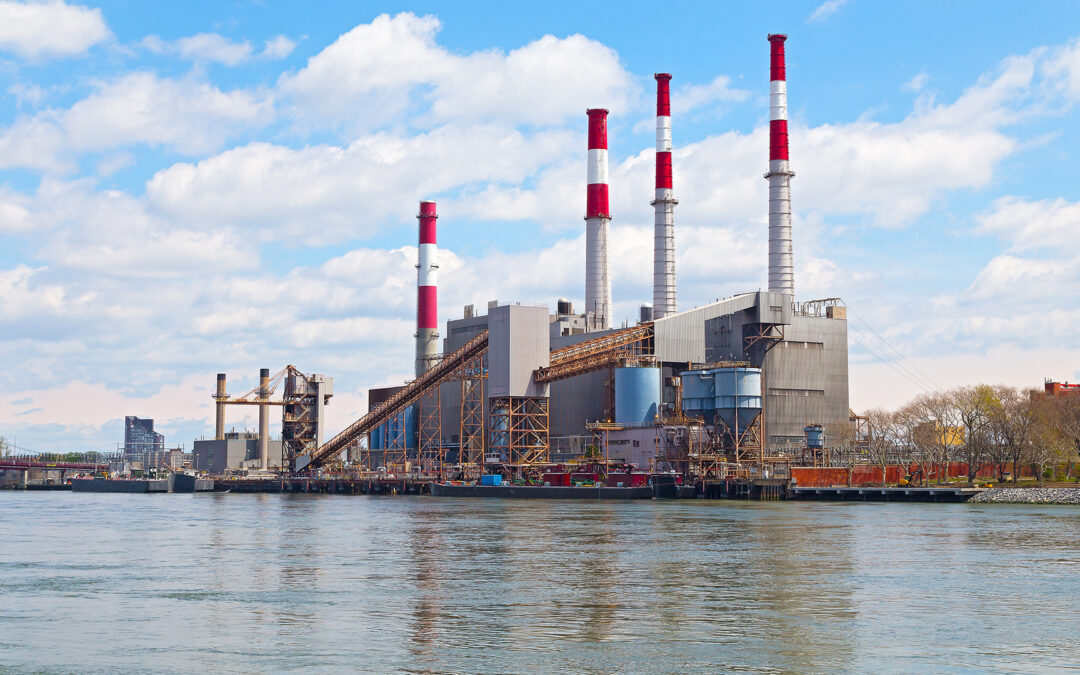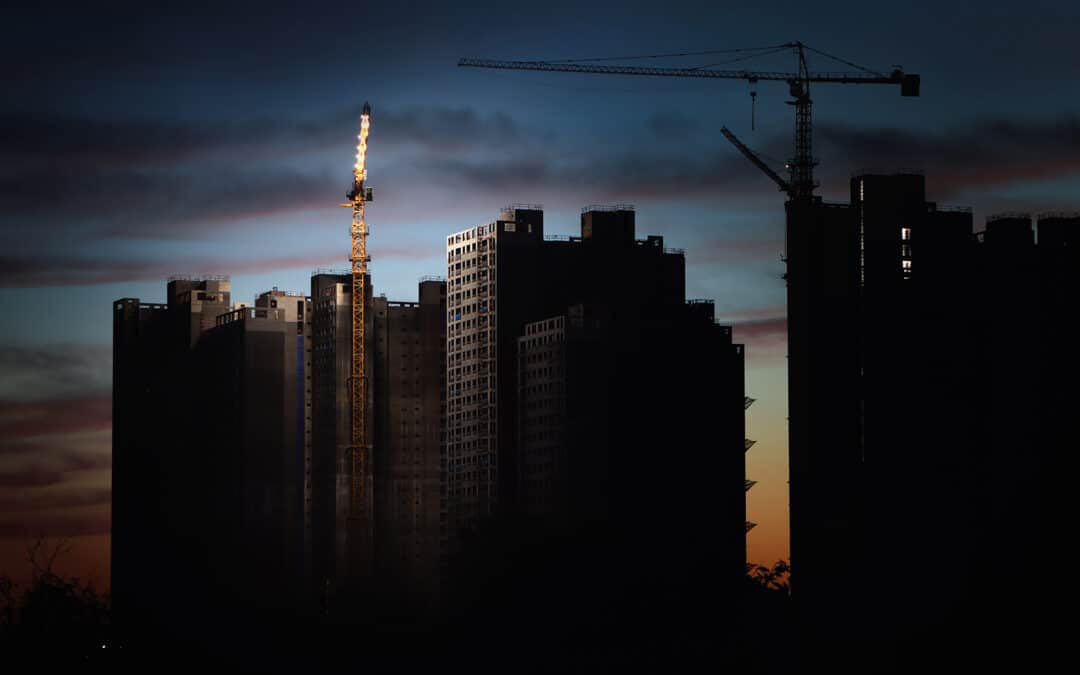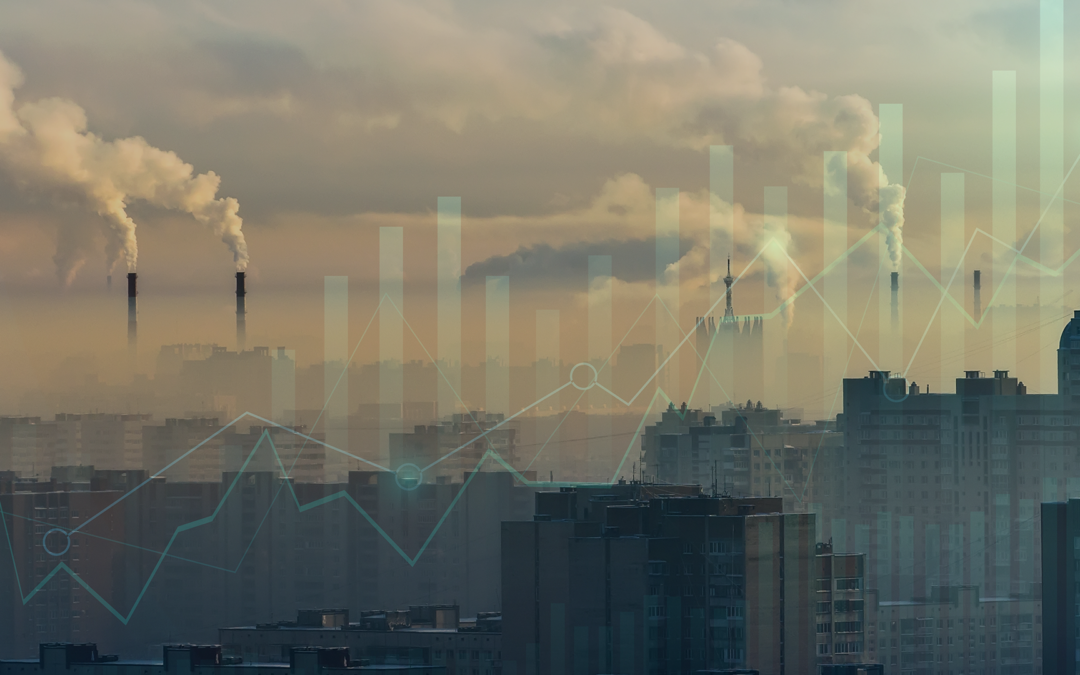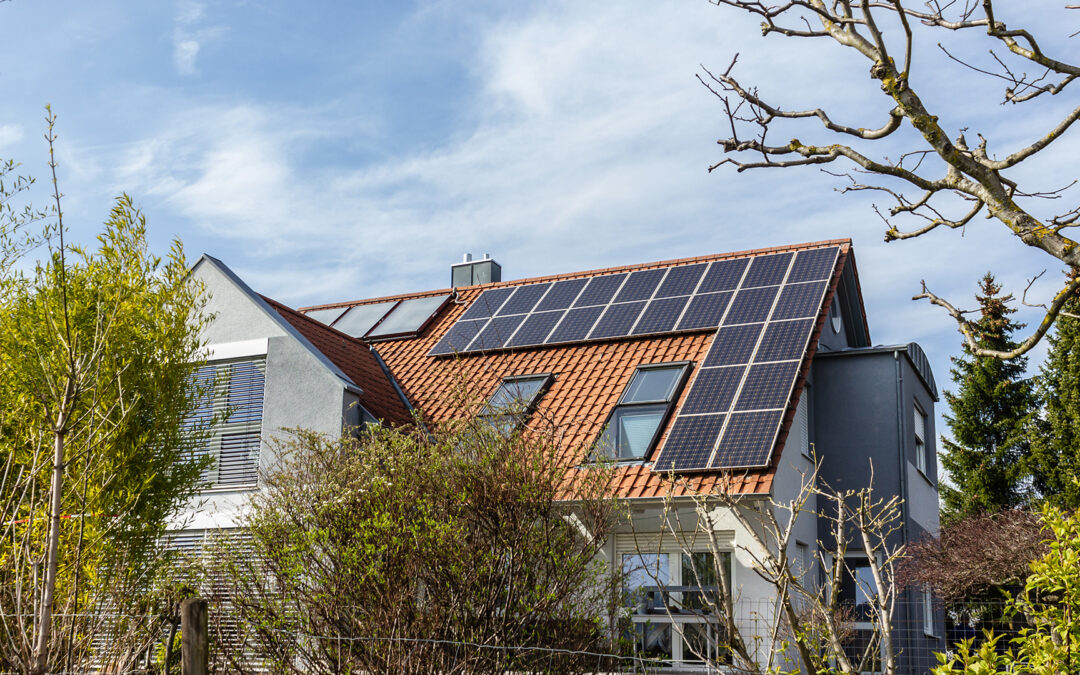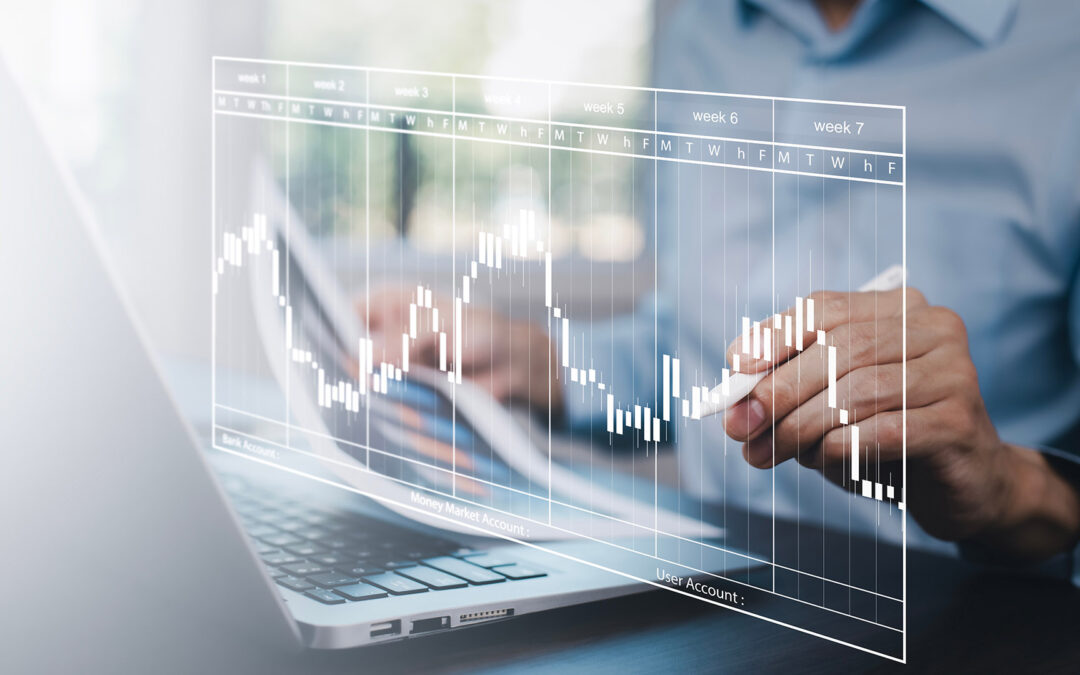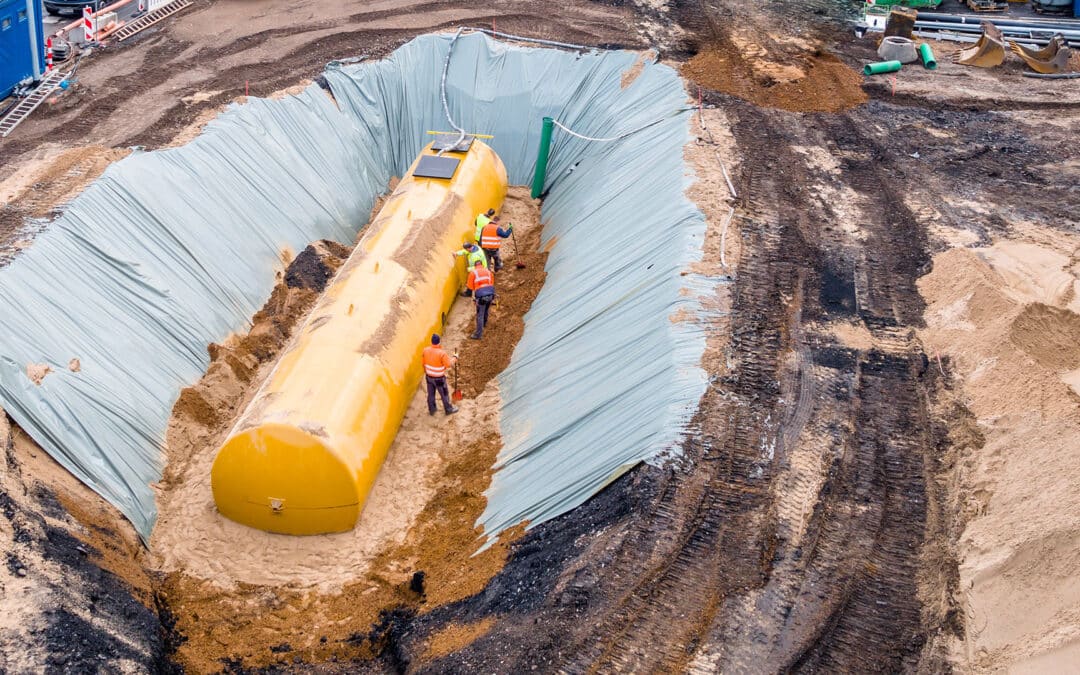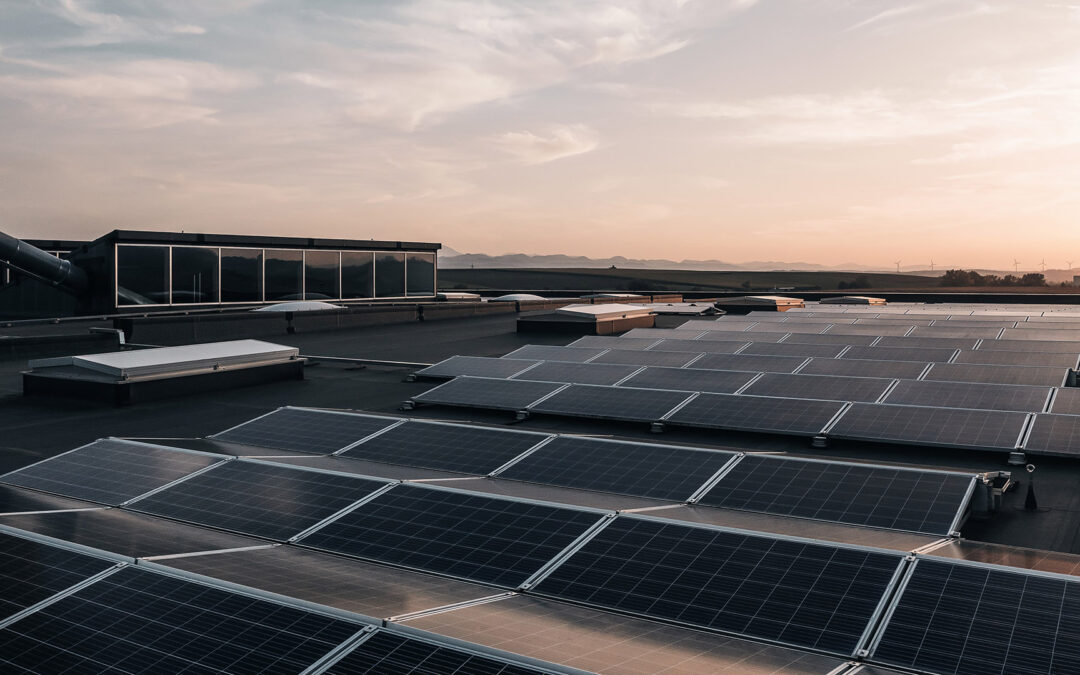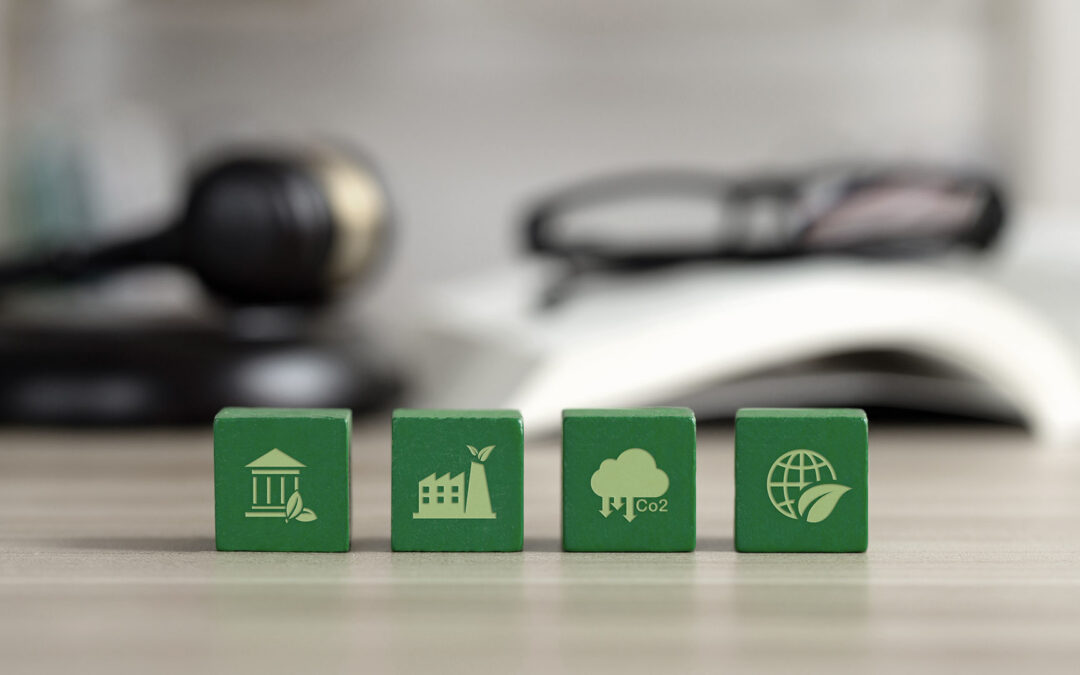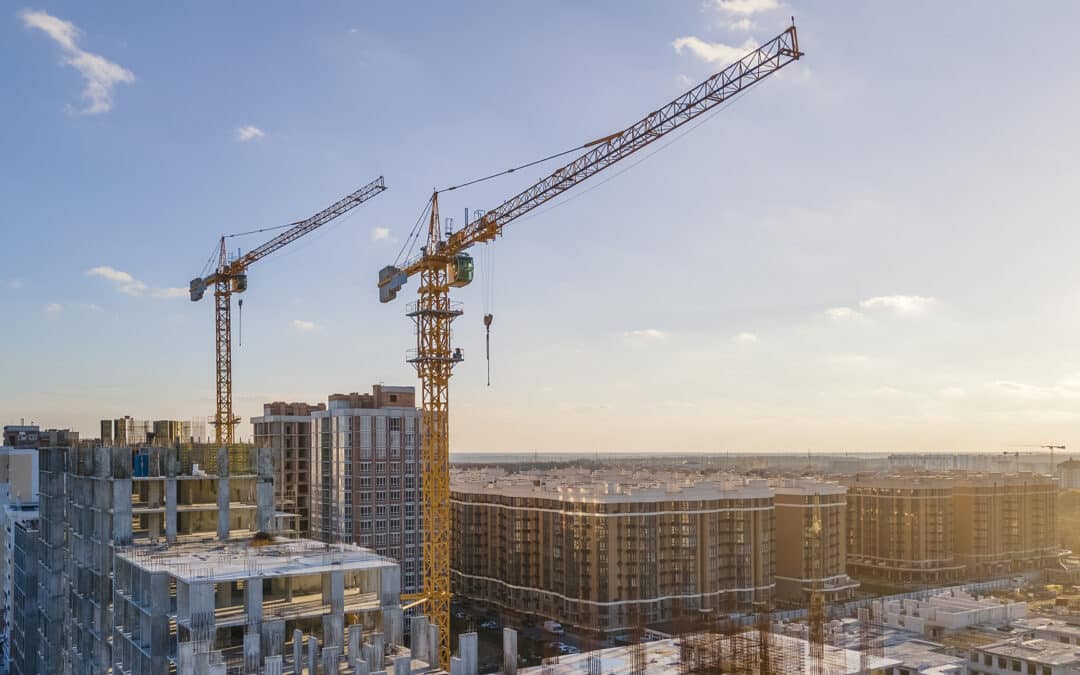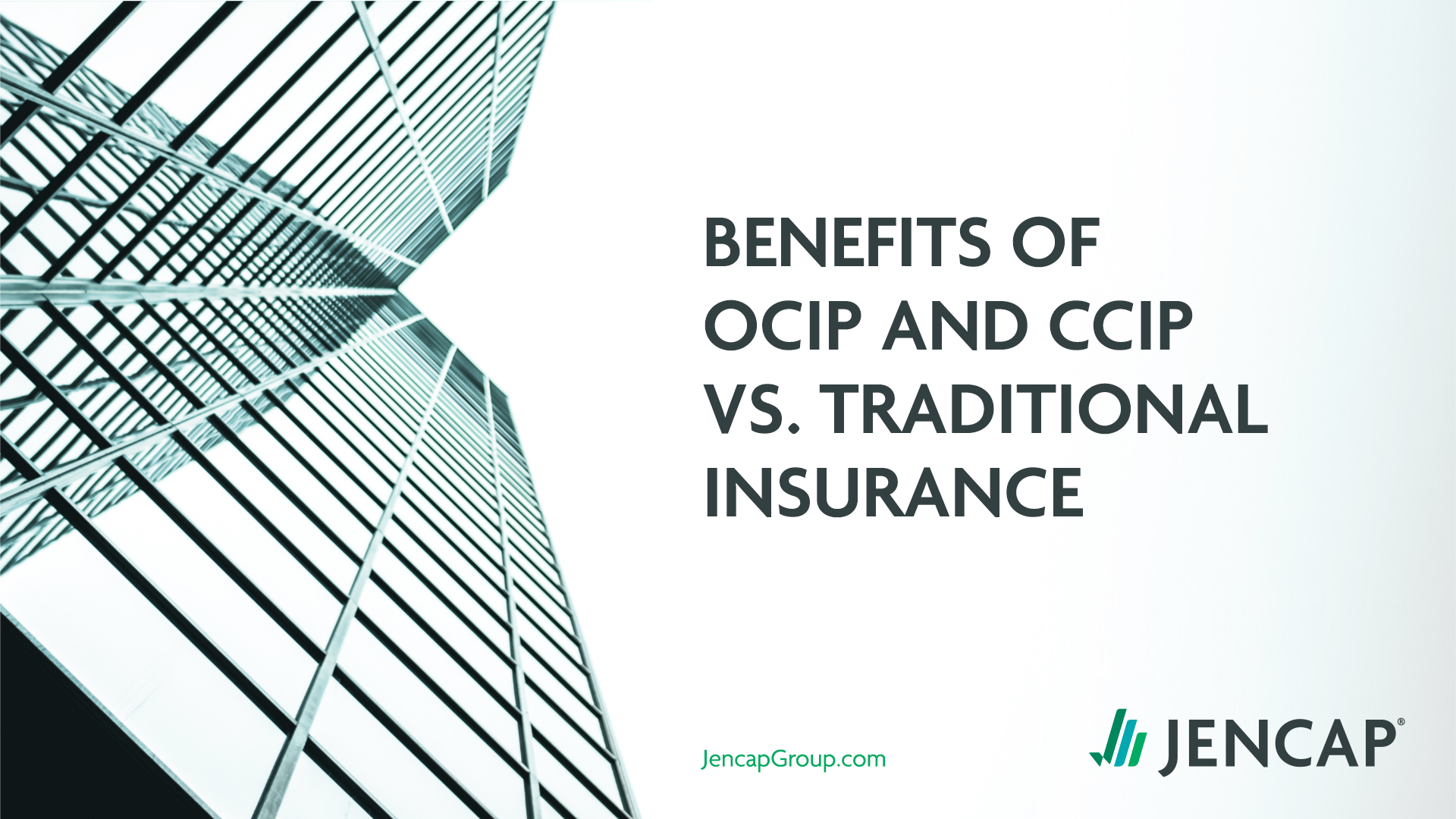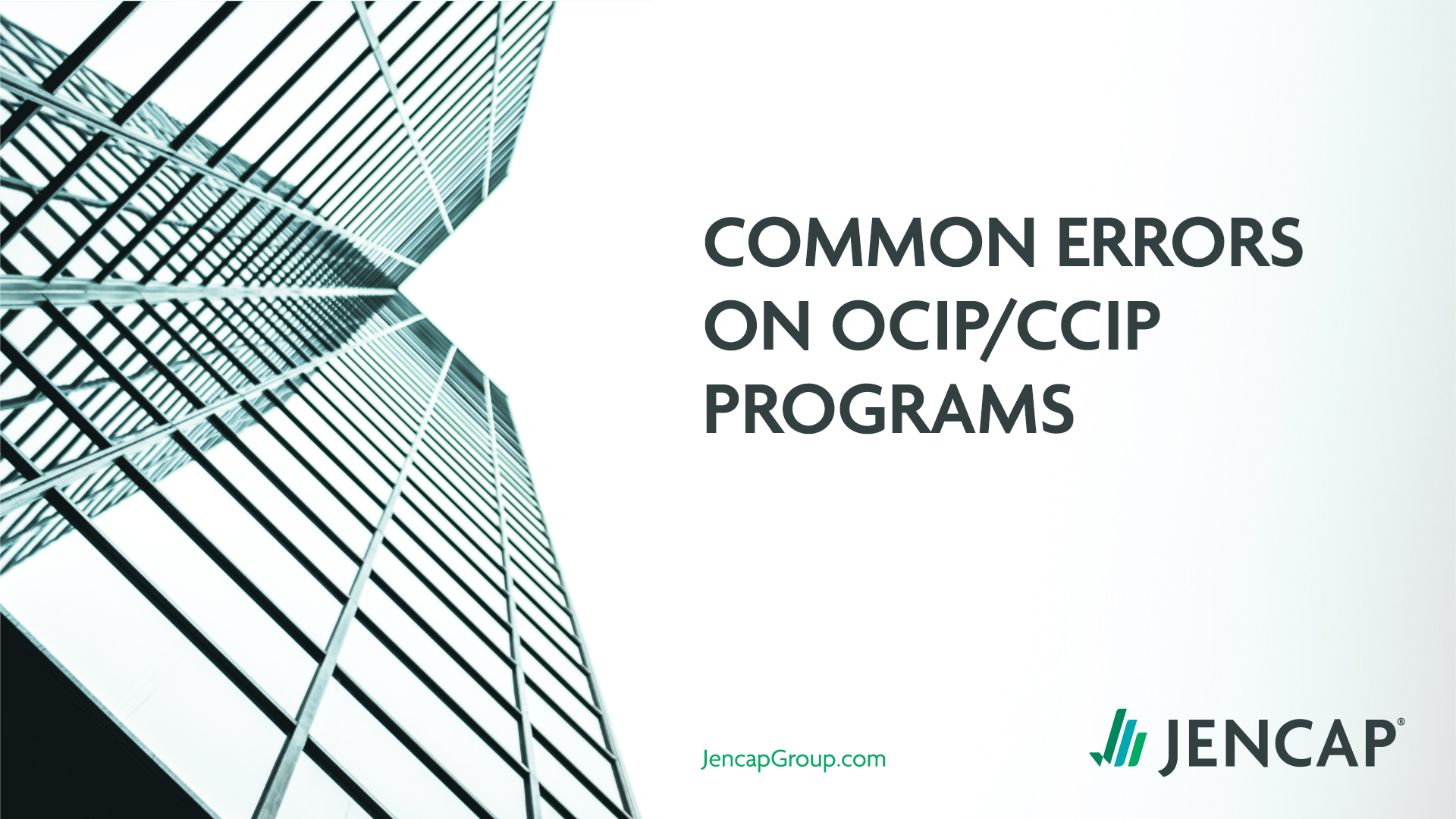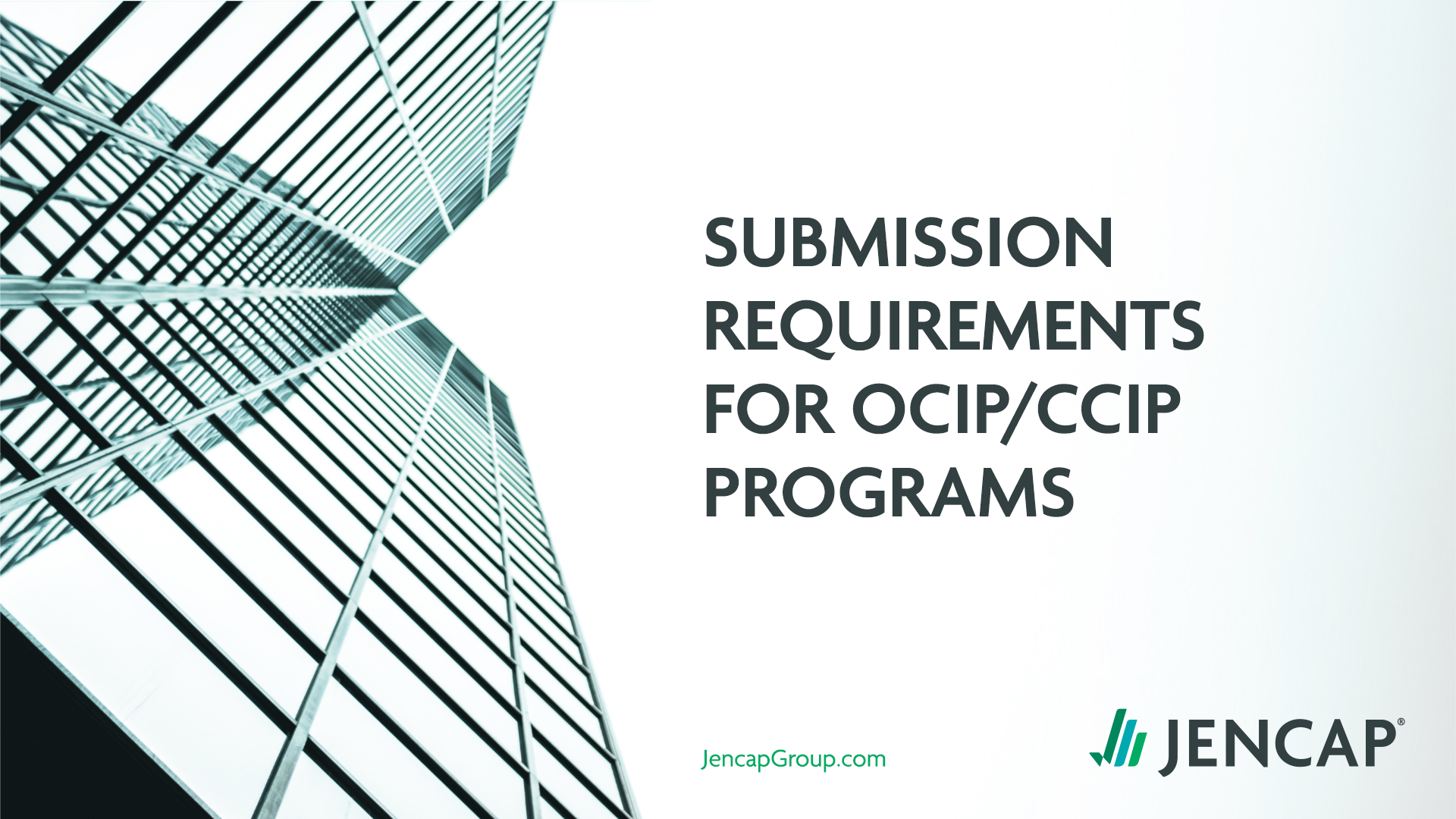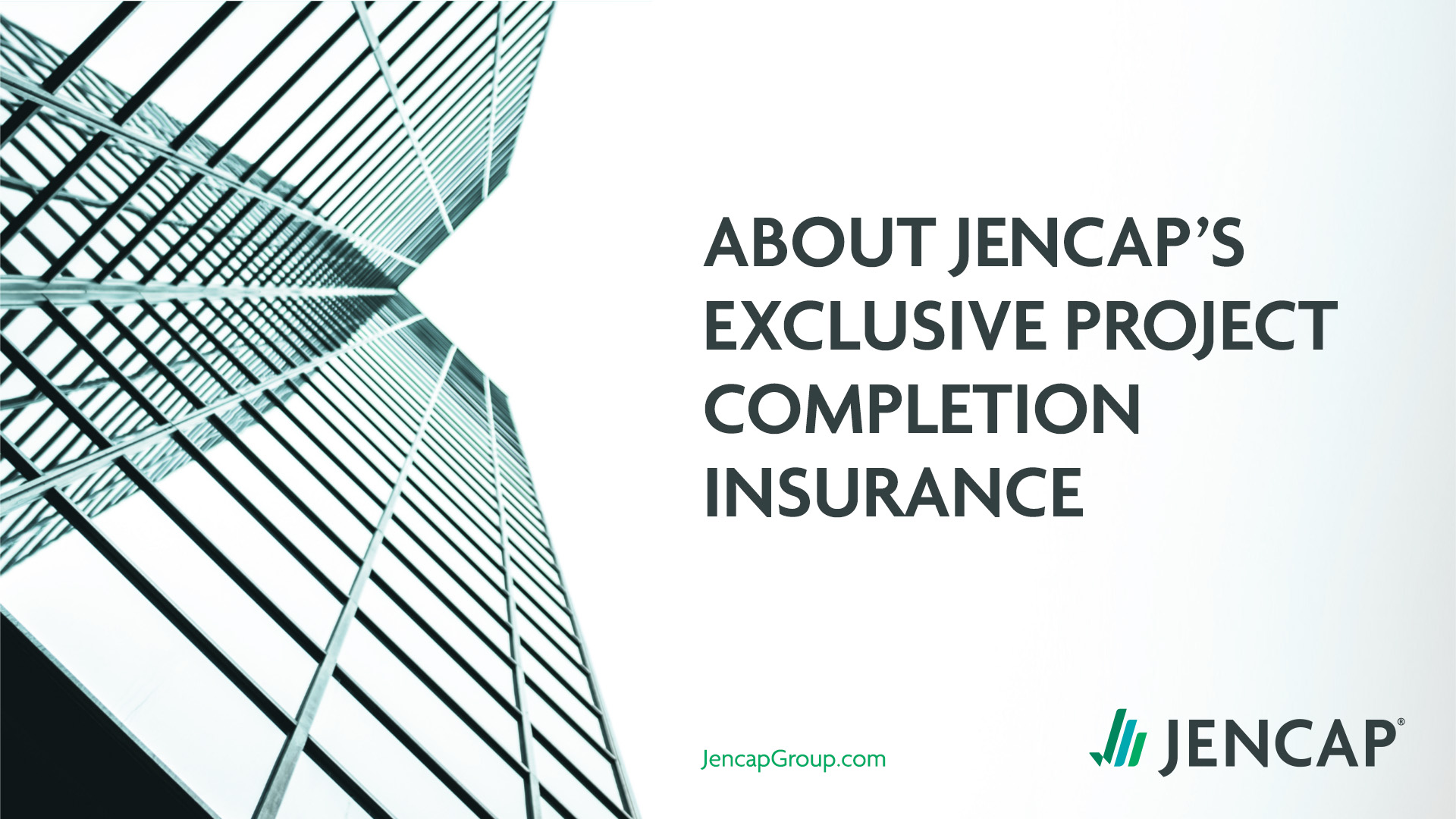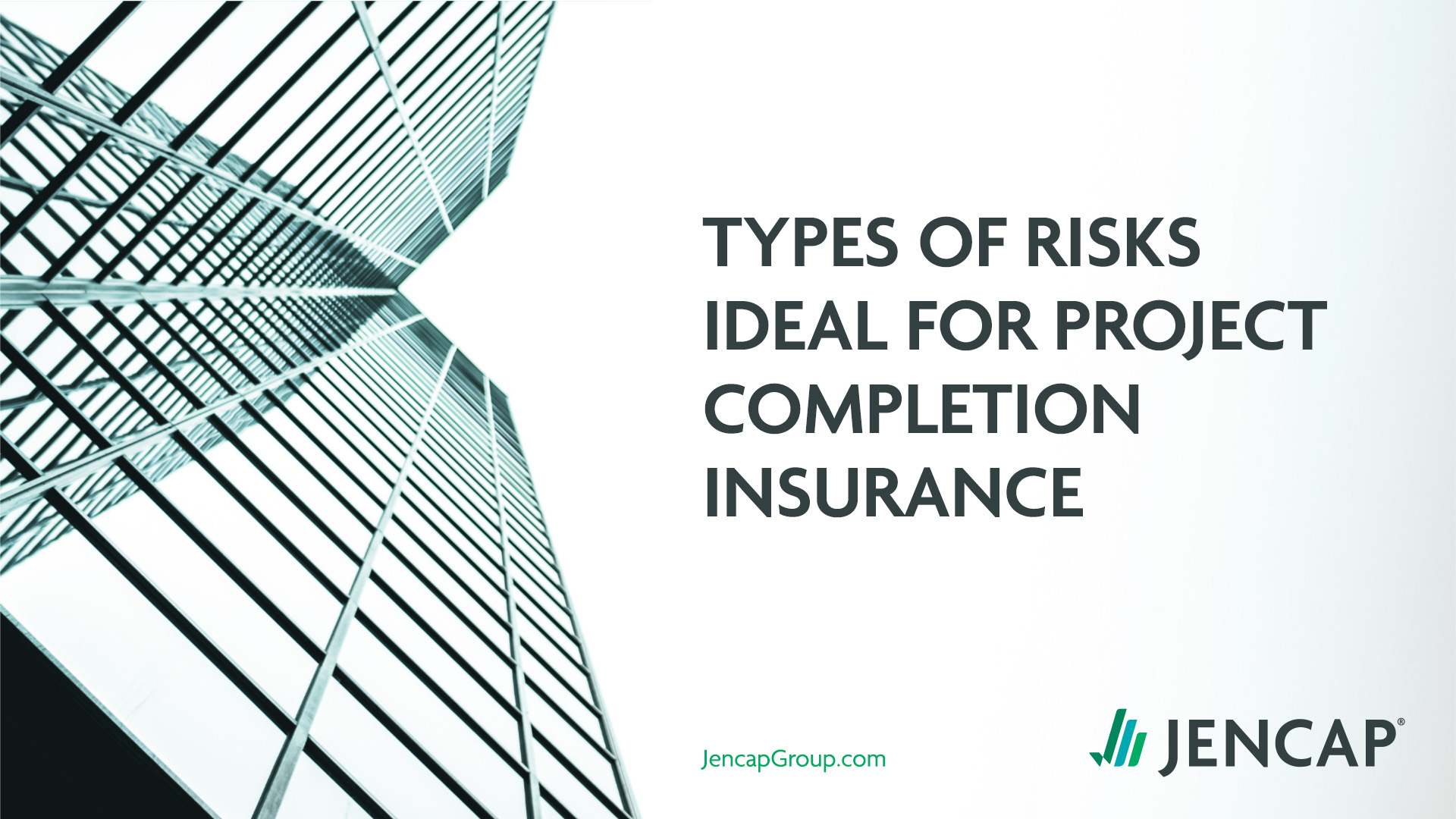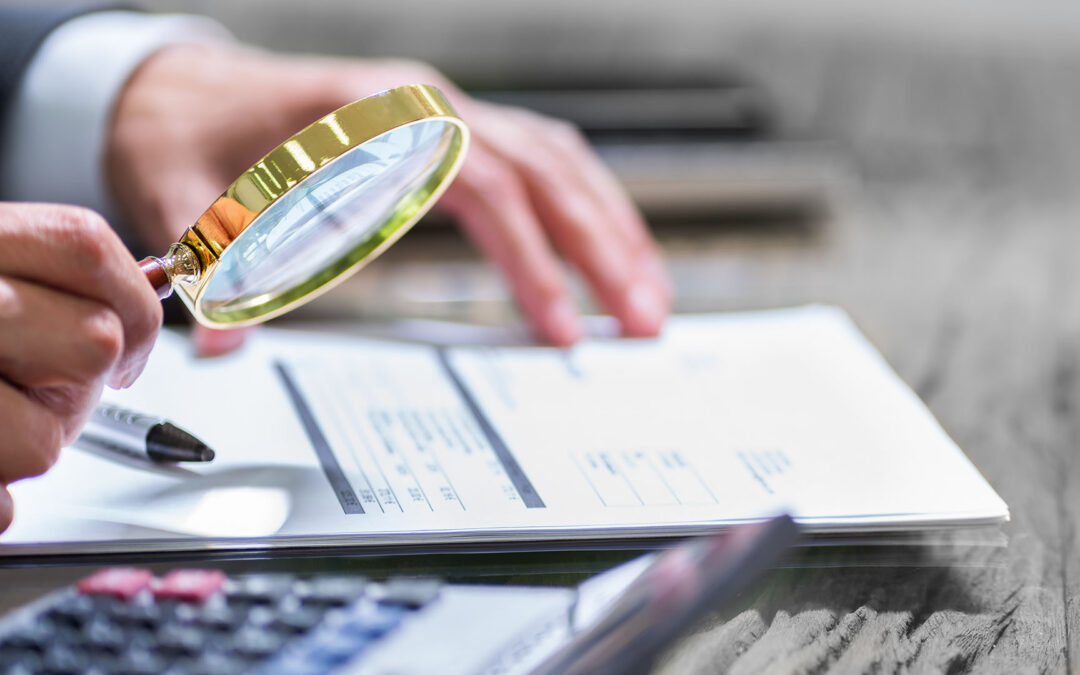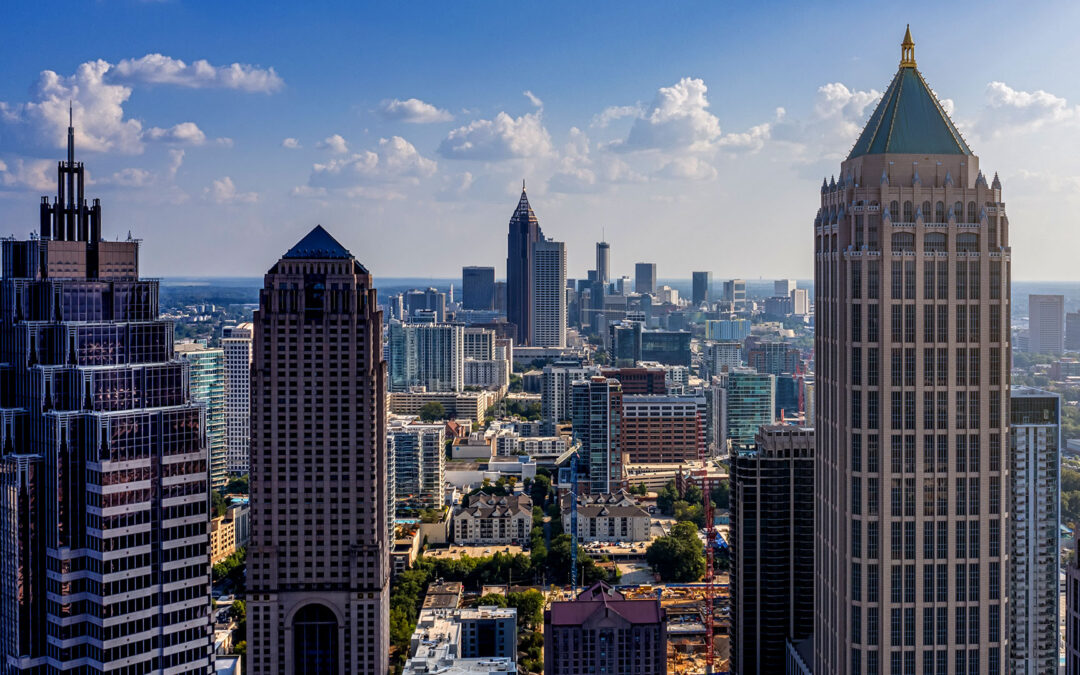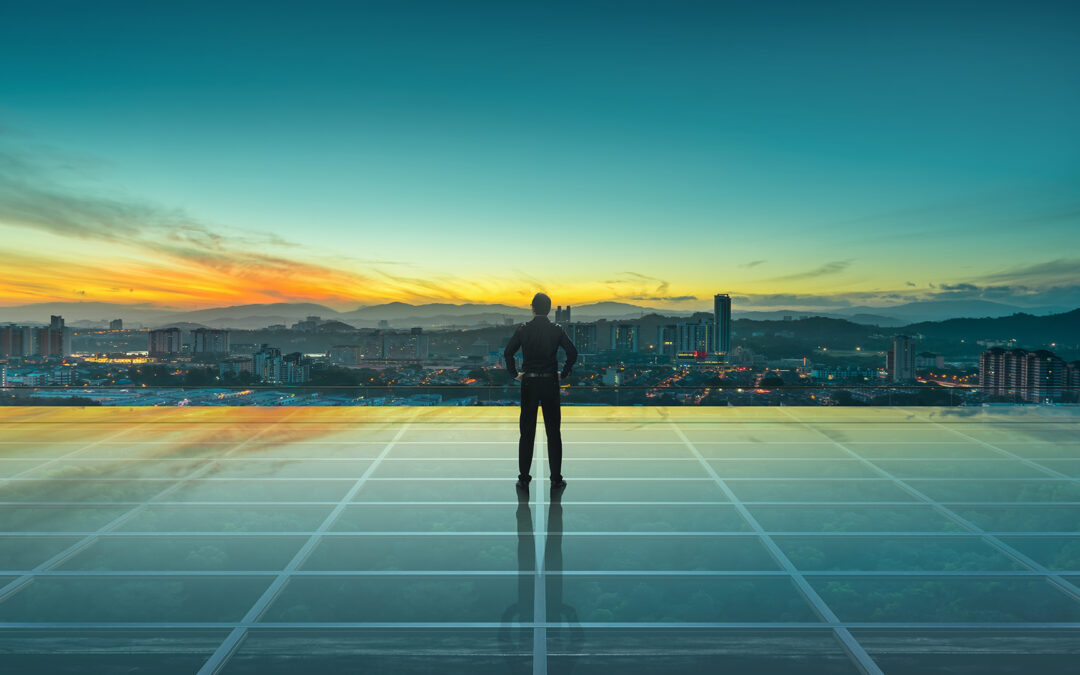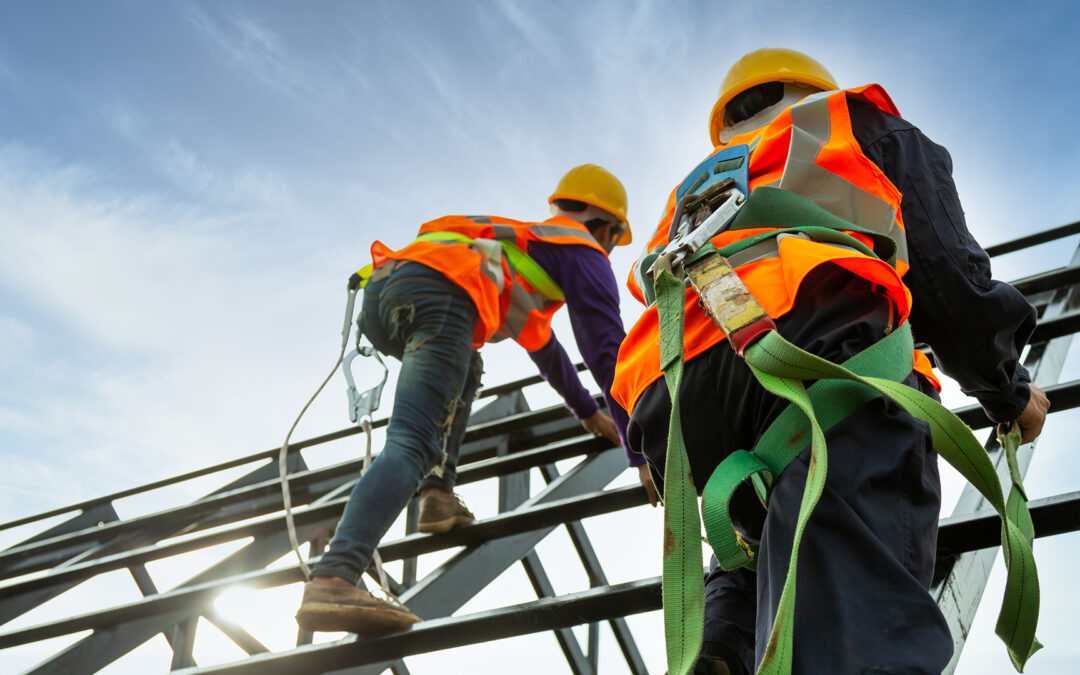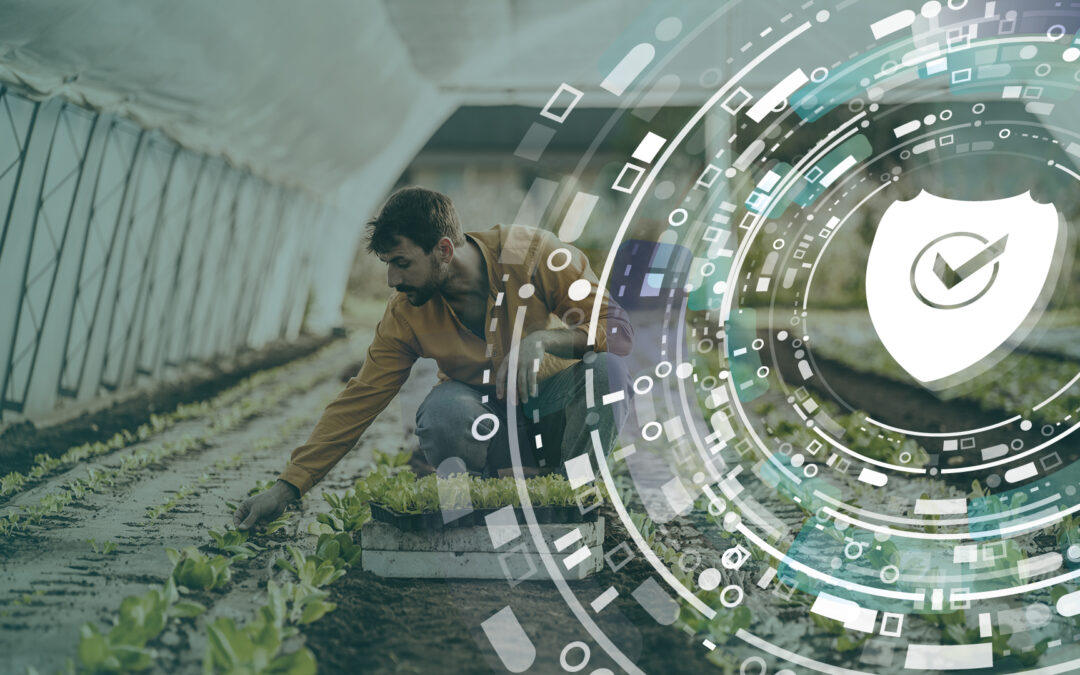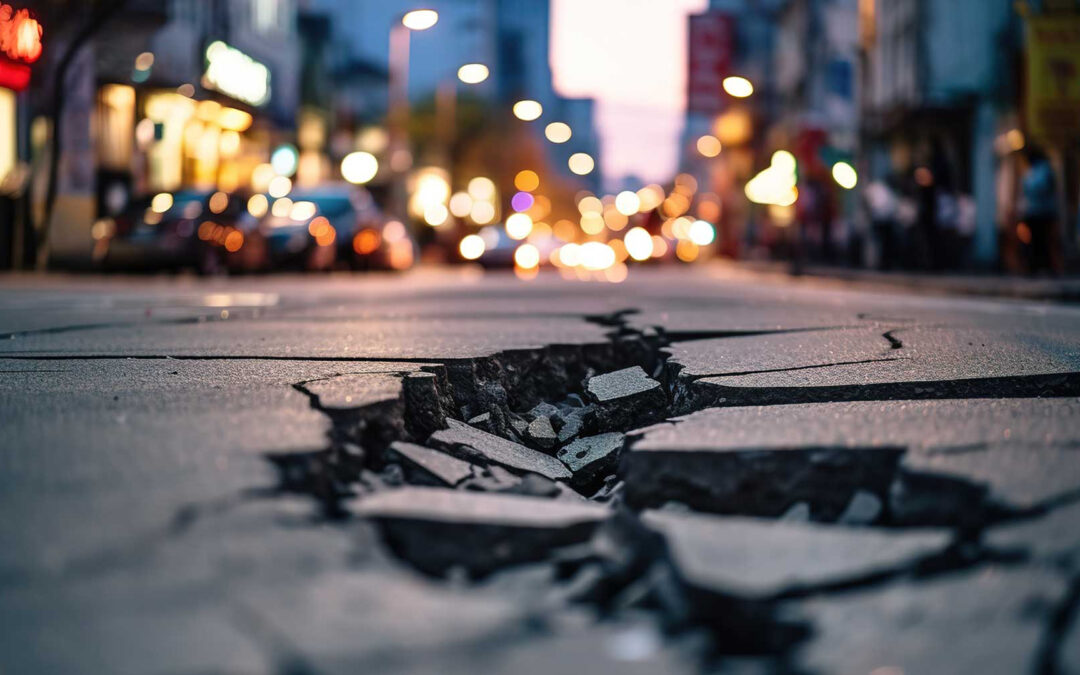Green construction is growing, as companies strive to create more sustainable, energy-efficient, resilient buildings. As this article outlines, however, sustainable construction projects use new technologies, materials, and construction methods that create unforeseen challenges and risks:
- Most sustainable production plants use emerging technologies that haven’t been extensively tested, making it difficult to gauge product performance or accurately measure risk. Since green projects have more “unknowns,” their risk exposure is higher versus “traditional” construction, where materials and processes are more established.
- Damages to materials may lead to project delays while builders wait for replacements. Thanks to supply chain issues and labor shortages, these delays may cause business disruptions that result in expensive insurance claims.
- Companies may need multiple insurance carriers to cover large, complex sustainable construction project risks. However, due to the uncertainties around the untested material and potentially high claims, not all carriers are willing to provide coverage.
- The government is incentivizing efforts to adopt new building codes that reduce energy consumption and minimize the nation’s carbon footprint. These incentives will likely increase green building projects which will then amplify these challenges until things like labor shortages, supply chain issues, and capacity concerns catch up.
Insurers are being conservative, working closely with brokers and clients to learn more about the materials and methods being used before agreeing to cover green projects.
Jencap has extensive experience assessing the risks of new and often untested building materials and methods, as well as protecting sustainable construction projects and other green building efforts. Please contact us for more information.



